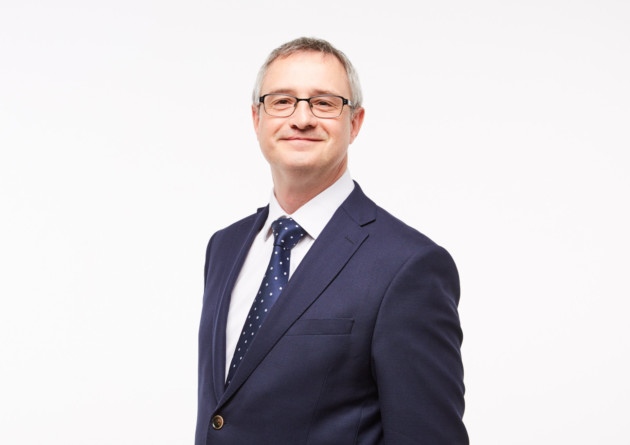Finding therapy resistance with fluorescent dye
Fast facts
- Official title: Characterising residual disease in human glioblastoma using a novel intra-operative fluorescence-guided sampling technique
- Lead researcher: Dr Colin Watts
- Where: University of Cambridge
- When: September 2013 –April 2018
- Cost: £176,900
- Research type: Adult, Glioblastoma (High Grade), Academic and Clinical
Using fluorescent dye to reveal different parts of glioblastoma tumours during surgery so we can investigate how they grow back and what effect that has on how the tumour responds to treatment.
Dr Colin Watts and his team at the University of Cambridge hope to understand the biological make-up of glioblastoma cells and how this influences the response to treatment.
Glioblastomas are highly aggressive and often become resistant to chemotherapy and radiotherapy, leading to poor patient outcomes. Understanding why resistance to treatment occurs and how to prevent this from happening is essential.
The team will be investigating the theory that tumours are made up from distinct regions of cells, and that cells within each region have different properties which determine their response to treatment.
To investigate this, the team have developed a new imaging technique that uses fluorescent dyes to distinguish the regions within glioblastoma tumours. Samples of cells will be taken from each region during surgery and the genetic and biochemical profiles of the cells analysed.
Understanding the biological differences between each region, such as which genes are switched on and off, may enable researchers to see how these differences influence the tumour’s behaviour in response to therapy.
This work may lead to the development of treatments which specifically target each region of the tumour. This may help to overcome the important issue where residual tissue remains after surgery, comprised of cells that do not respond to chemotherapy, leading to regrowth of the tumour.
Finding new means of treating glioblastomas is of great importance – this tumour type is among the most aggressive, with only 3.3% of patients surviving for more than two years. Glioblastomas are a highly malignant and invasive form of tumour that develops from astrocytes, star shaped cells which support and protect the nerve cells within the brain.
Research is just one other way your regular gift can make a difference
Research is the only way we will discover kinder, more effective treatments and, ultimately, stamp out brain tumours – for good! However, brain tumours are complex and research in to them takes a great deal of time and money.
Across the UK, over 100,000 families are facing the overwhelming diagnosis of a brain tumour and it is only through the generosity of people like you can we continue to help them.
But, by setting up a regular gift – as little as £2 per month – you can ensure that families no longer face this destructive disease.
In this section

Prof. Colin Watts
Professor Watts’ research focuses on improving the treatment and survival of patients with gliomas, including glioblastoma. Professor Watts is now the lead researcher on the Tessa Jowell BRAIN MATRIX trial and will tell you all about this new, innovative trial.